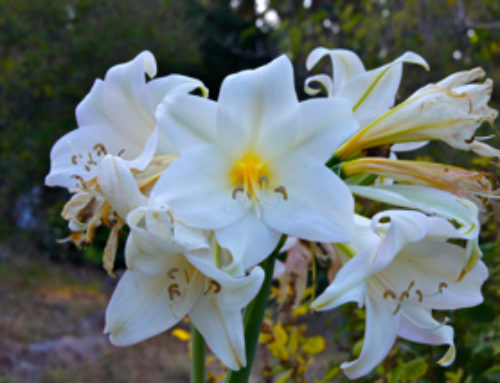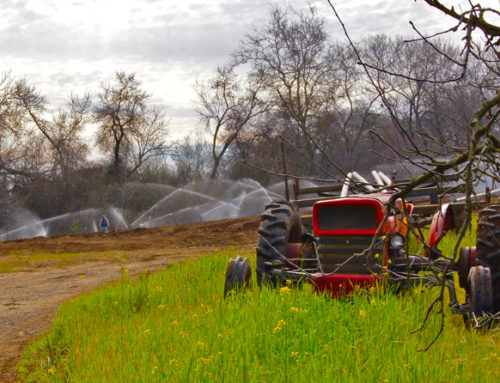
Double rainbow over the farm.
The rain showers last Saturday were Mother Nature’s way to mark the seasonal transition. It washed the dust off the plants and when I woke to a clear blue sky on Sunday morning, the day of the Fall Equinox, the landscape felt refreshed, the colors brilliant, not the lush greens of spring but the browns, reds and yellows of Fall.

Hedgerow shrub putting on its fall colors.
It’s a lot more challenging to let go of Summer than it is of Spring. Summer is about celebrating growth, and one feels confident that life is abundant. Fall lets us know things are about to change. Plants pull energy from their leaves to store in their roots or seeds; the biotic life-force in our hemisphere turns inward in preparation for winter.
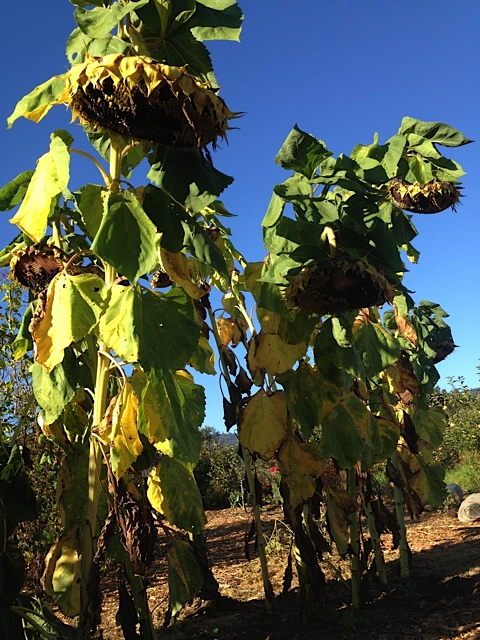
The sunflowers are wilting as summer comes to an end and their heads are heavy with seeds.
Here on the farm preparations in the fields have focused on planting fall and winter crops, Brussels sprouts, red and green cabbage, leeks, carrots, beets, rutabagas, broccoli, celeriac, cauliflower, and many different leafy greens which all grow well during our coastal winter season. The key is to plant early enough for the plants to size before colder weather and shorter days slow down their growth.
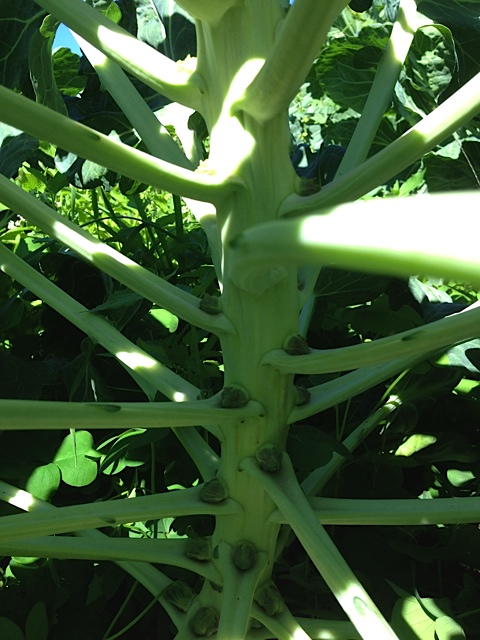
Young Brussels Sprouts
The winter squash harvest is early this year; the Butternut, Delicata, and Sweet Dumplings are already stored and look beautiful, only the Kabocha Squash and Pumpkins are still curing in the field. The apple harvest is in full swing; we just finished the Galas, and now it’s time for the Newtown Pippins, and by mid-October the Fuji’s should be crisp and sweet as well.
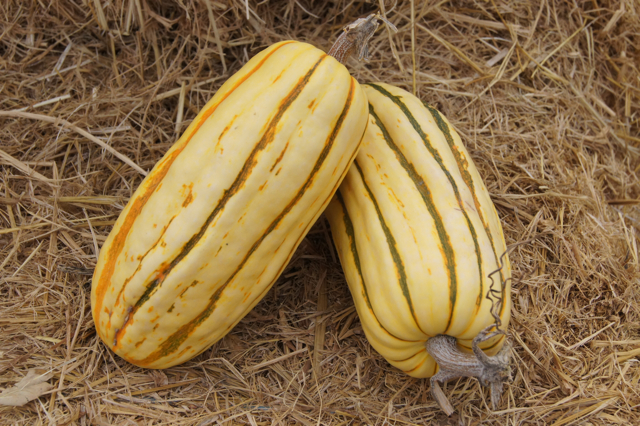
Delicata Squash
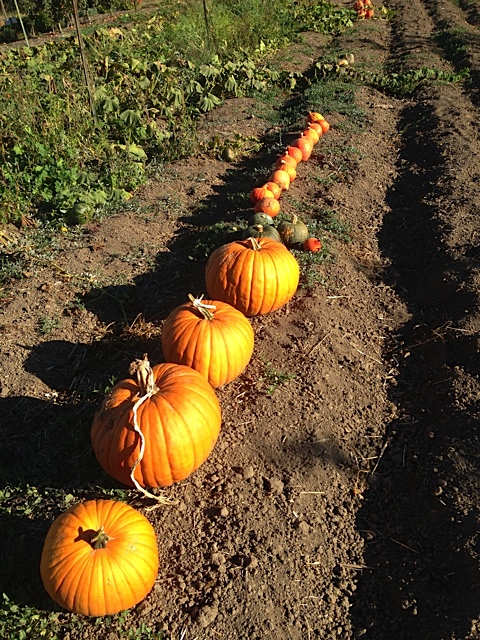
Pumpkins in the field. Are you ready for our Fall Harvest Festival in October?
The last fruit of the season still to be harvested are the Quince, which are almost ripe, the Pineapple guavas, which are starting to size up and will probably ripen by the end of October, and the Persimmons, which are still green and won’t be ripe until early December.
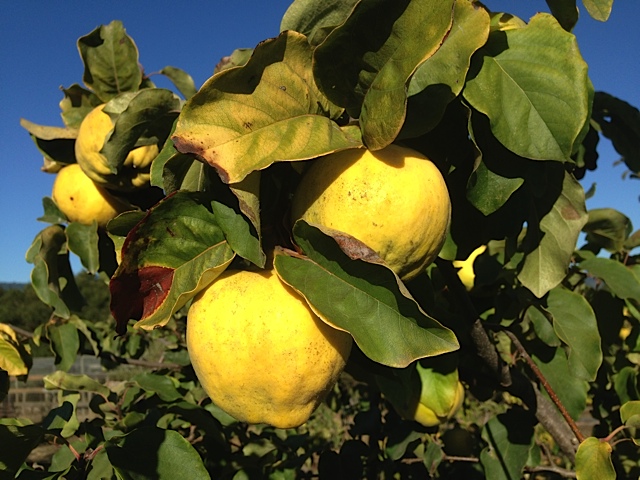
Ripening Quince
The fields where next year’s strawberries, raspberries, artichokes and garlic will be growing are being prepared right now, as rains can sweep through the area in early October delaying preparations significantly at times.
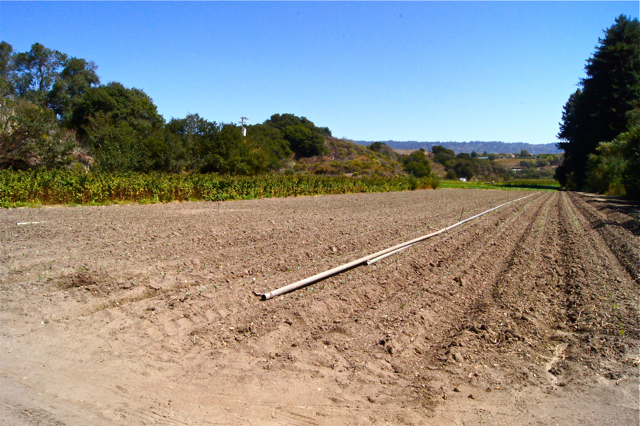
In mid-August, this field had summer squash in it. Now it’s full of recently transplanted cauliflower seedlings for the winter season.


